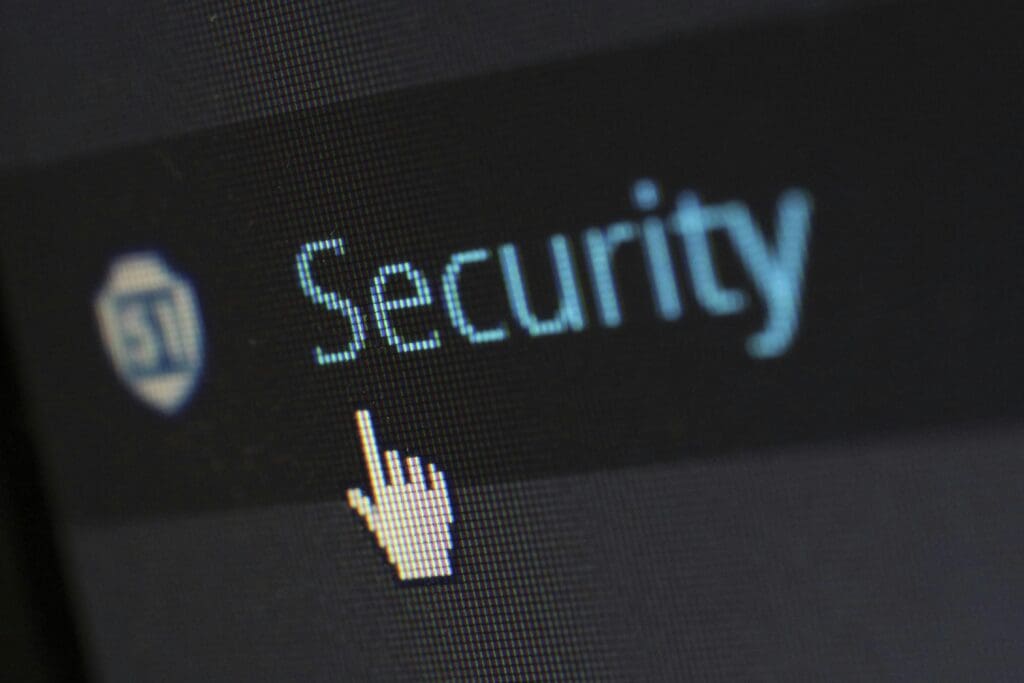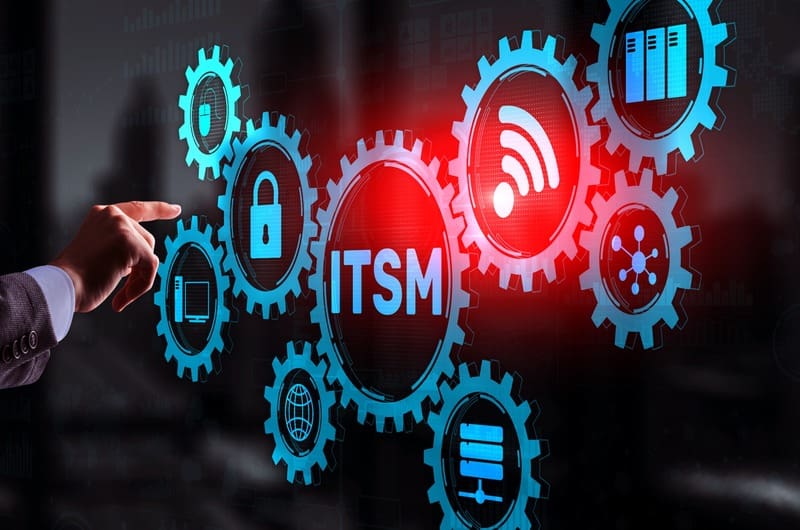A growing number of businesses are adopting Unified Communications (UC) to improve how their teams connect and collaborate. These systems bring together voice, video, messaging, and file sharing on one platform, making it easier to manage communication. But with convenience comes risk. As more communication moves online, UC platforms become targets for security threats.
The Risks of Unified Communications
Unified communications systems handle a large volume of data across different devices and networks. These systems are often connected to other tools such as customer databases, email platforms, and cloud storage. This wide connection opens several points where attackers can try to break in.
Some of the most common threats include call interception, data leaks, phishing through chat systems, and unauthorized access to private conversations. Because UC platforms are used in real-time, a security breach can happen quickly and affect the entire system before it’s detected.
Protecting Voice and Video Calls
Voice over IP (VoIP) and video conferencing are key parts of any UC setup and are also frequent targets for hackers. Attackers can listen to private conversations or record meetings without permission.
To prevent this, businesses should use encryption for all voice and video data. Encryption turns the data into unreadable code as it moves across networks, making it harder to steal. It’s also important to use strong passwords for conference calls and turn off unused features that could be misused.
Managing Access Control
One major problem with UC platforms is poor access control. If users are not given the right level of access, they might see or change data they should not touch. In larger teams, this risk grows as more people use the system daily.
To avoid this, access should be given based on roles. For example, a customer service agent should not have access to management-level files or meetings. Keeping a clear structure of user roles helps limit the damage if an account is ever compromised.
Securing Messaging and File Sharing
Chat and file-sharing features in this platform are often used to send business-critical information. If the system is not protected, this data can be intercepted or misused. Some attackers use fake messages to trick users into clicking harmful links.
Businesses can reduce this risk by using tools that scan shared files for threats before they open. Adding filters that block suspicious messages can also lower the chance of phishing attempts. Regular checks on chat history and file activity may help spot warning signs early.
Keeping Software Up to Date
One of the easiest ways hackers get into UC systems is through outdated software. Old versions may have flaws that are already known and easy to break into.
It’s important to install updates as soon as they become available. These updates often fix security holes and improve the platform’s functionality. Setting up automatic updates, if possible, speeds up this process and avoids delay.
Monitoring the Network in Real-Time
Even with good security tools in place, active monitoring is important. Real-time monitoring helps catch unusual behavior early, such as repeated login attempts or large file transfers.
Using systems that track network activity and send alerts allows IT teams to respond faster. Quick action can reduce the impact of any breach and protect data before it spreads.
Ready to protect your communications and grow with confidence? At StealthEnomics, we help businesses stay connected without compromising security. Our unified communications solutions are built to support your goals while reducing risk. Contact us today and take the first step toward secure, streamlined communication.




















